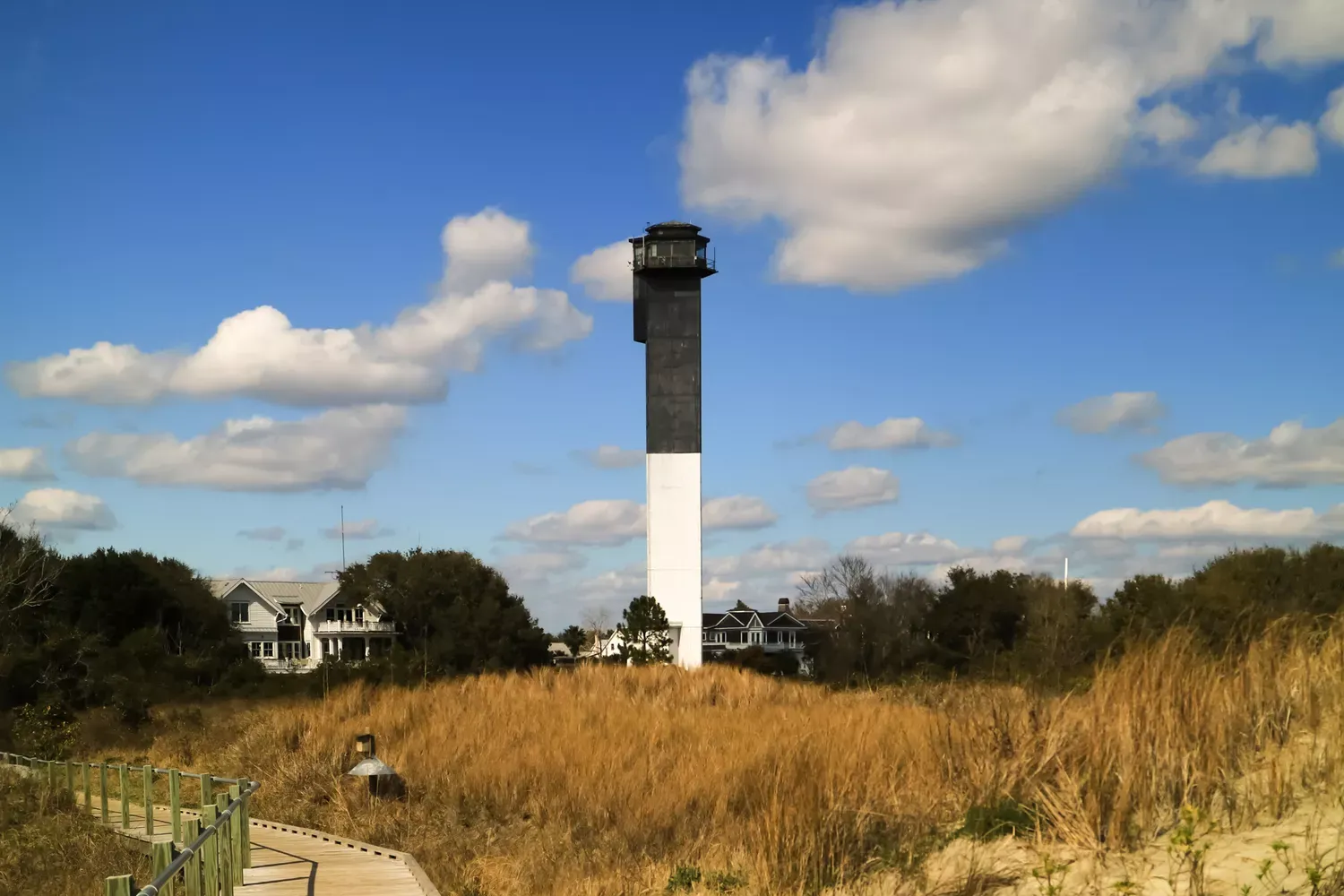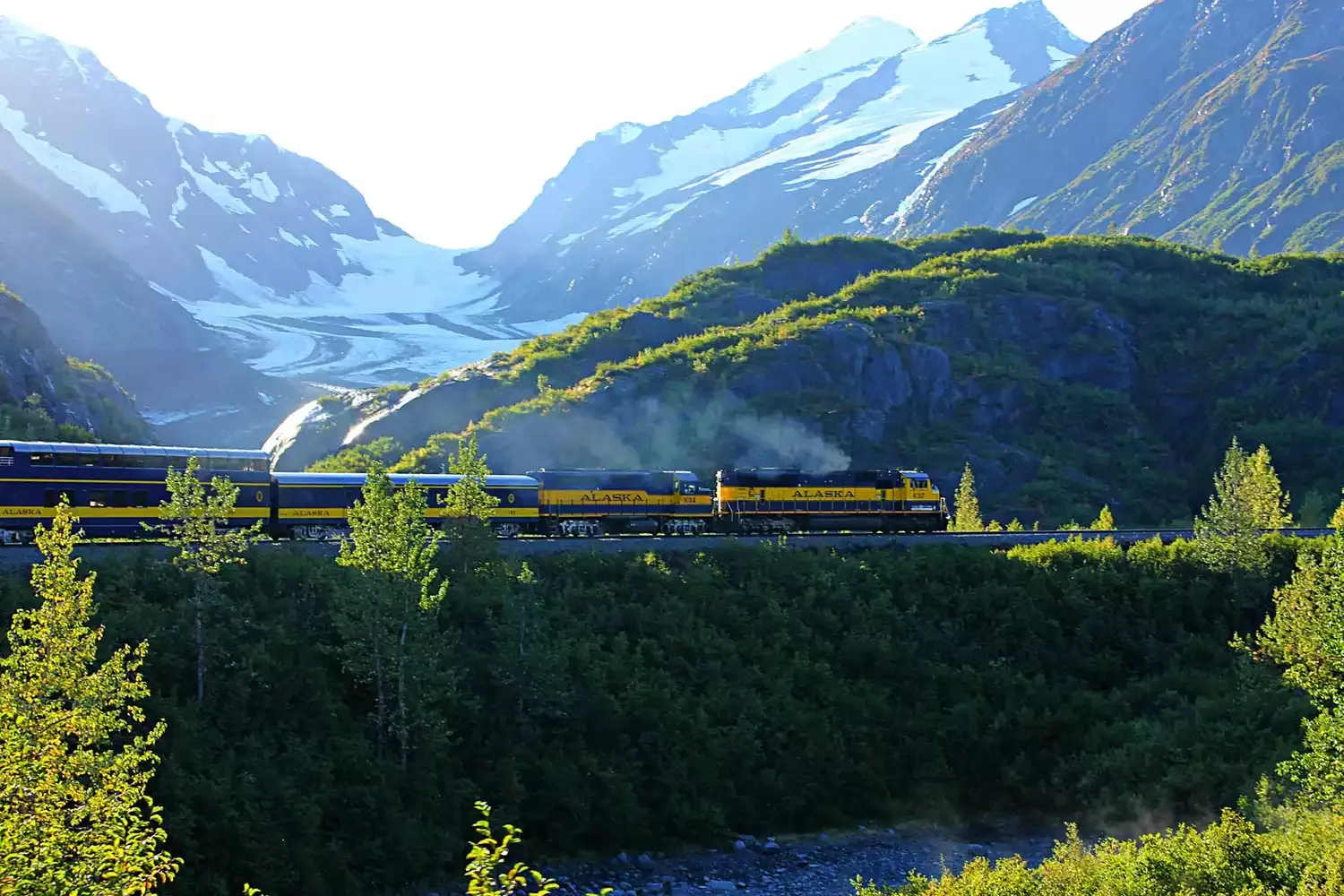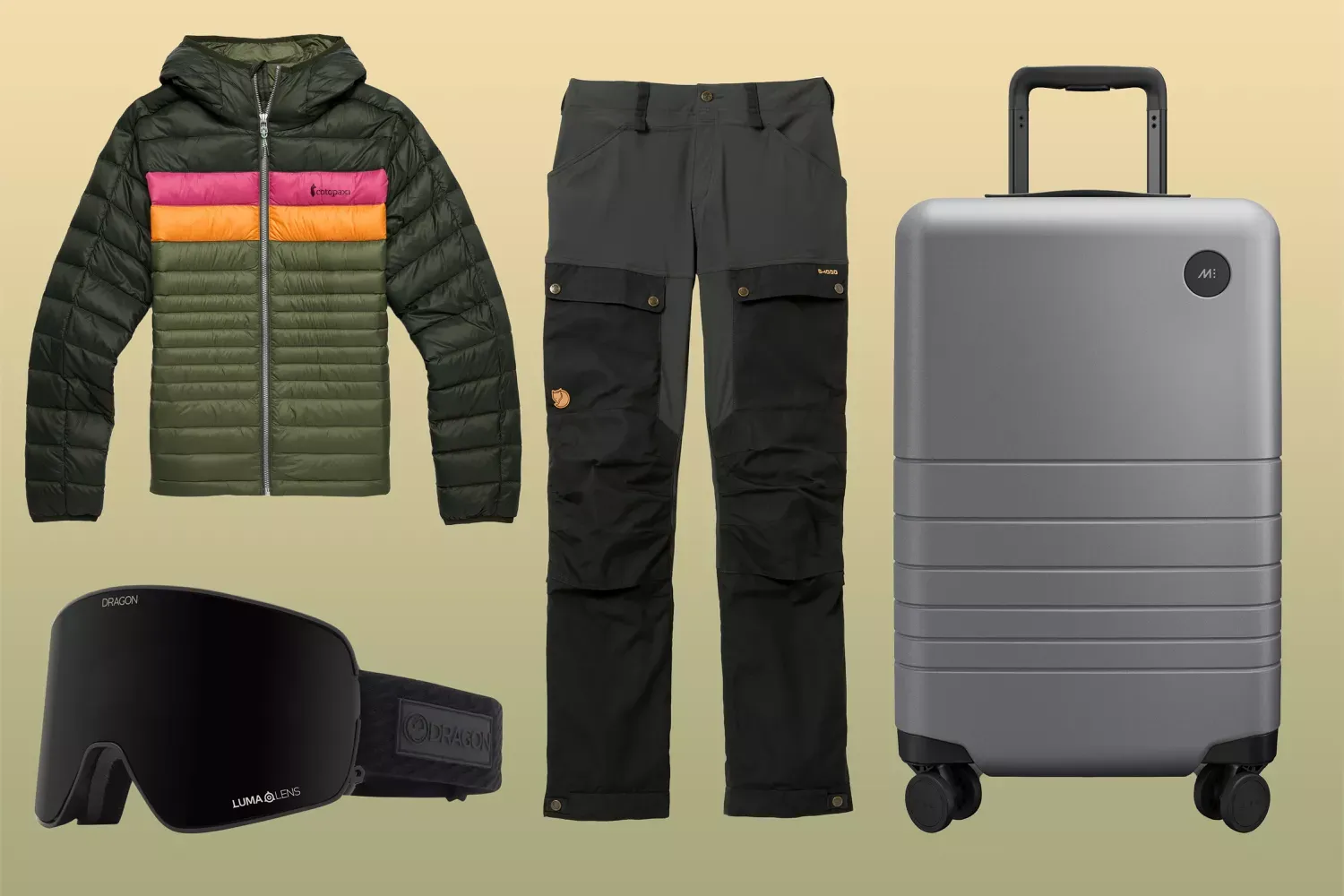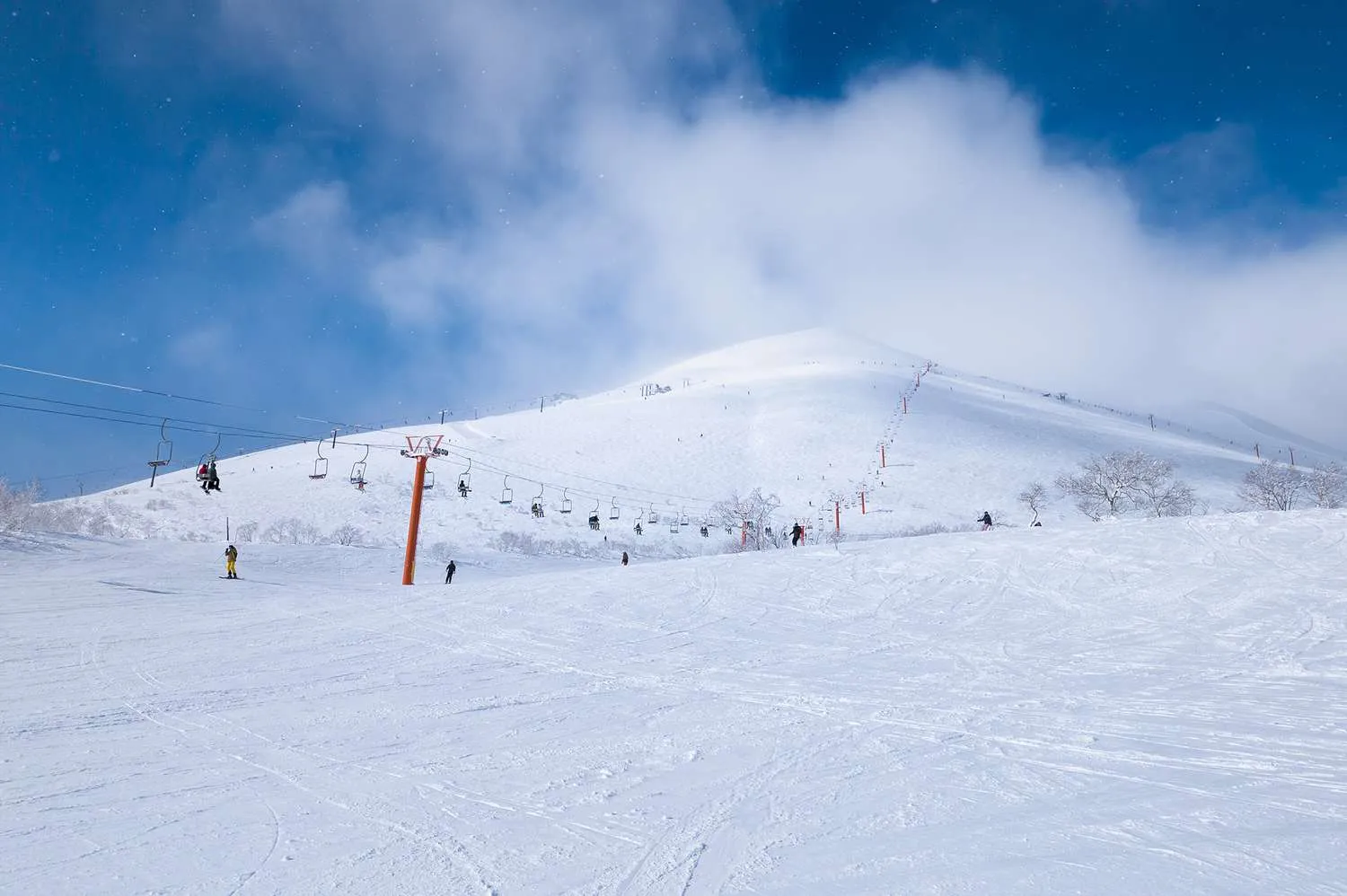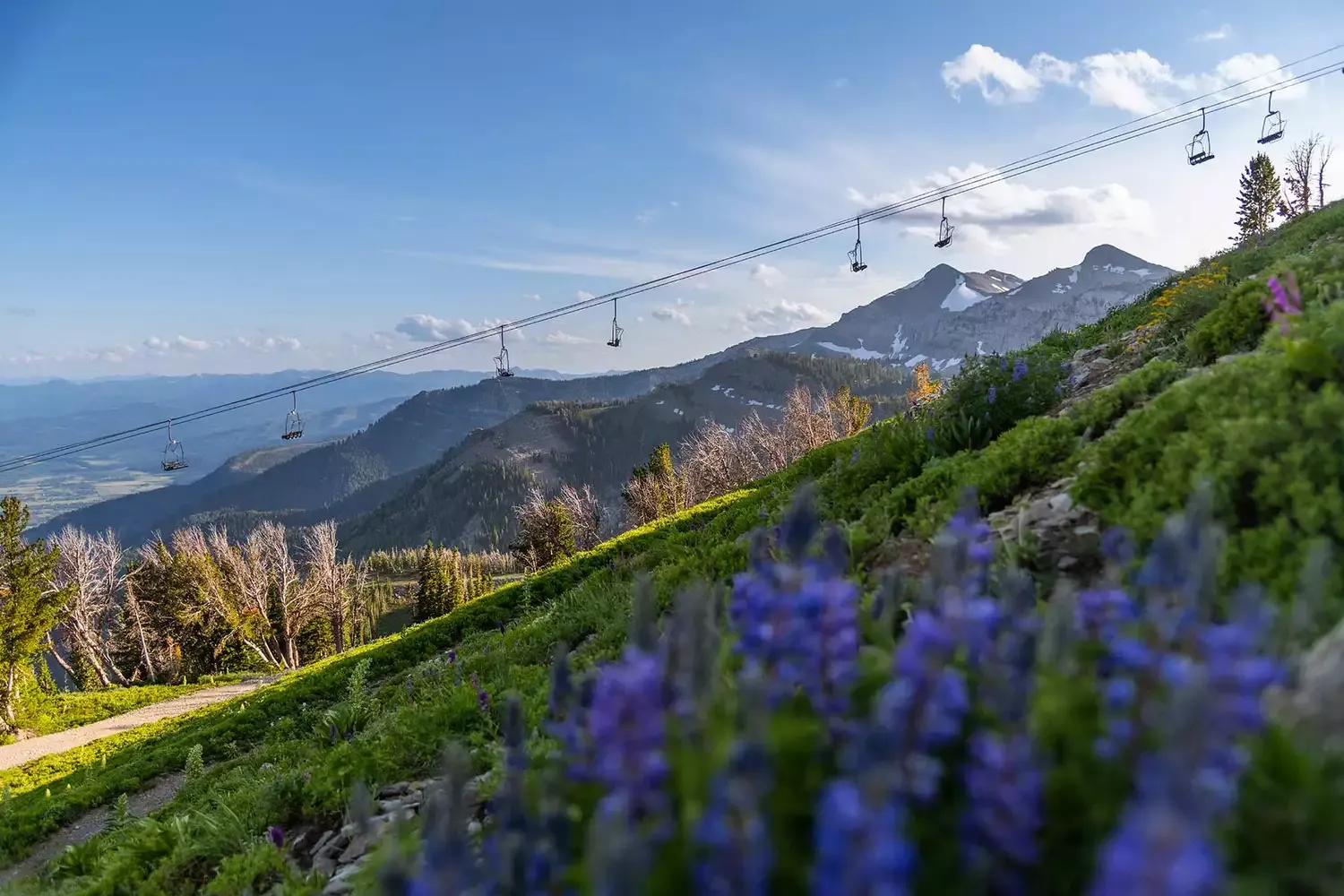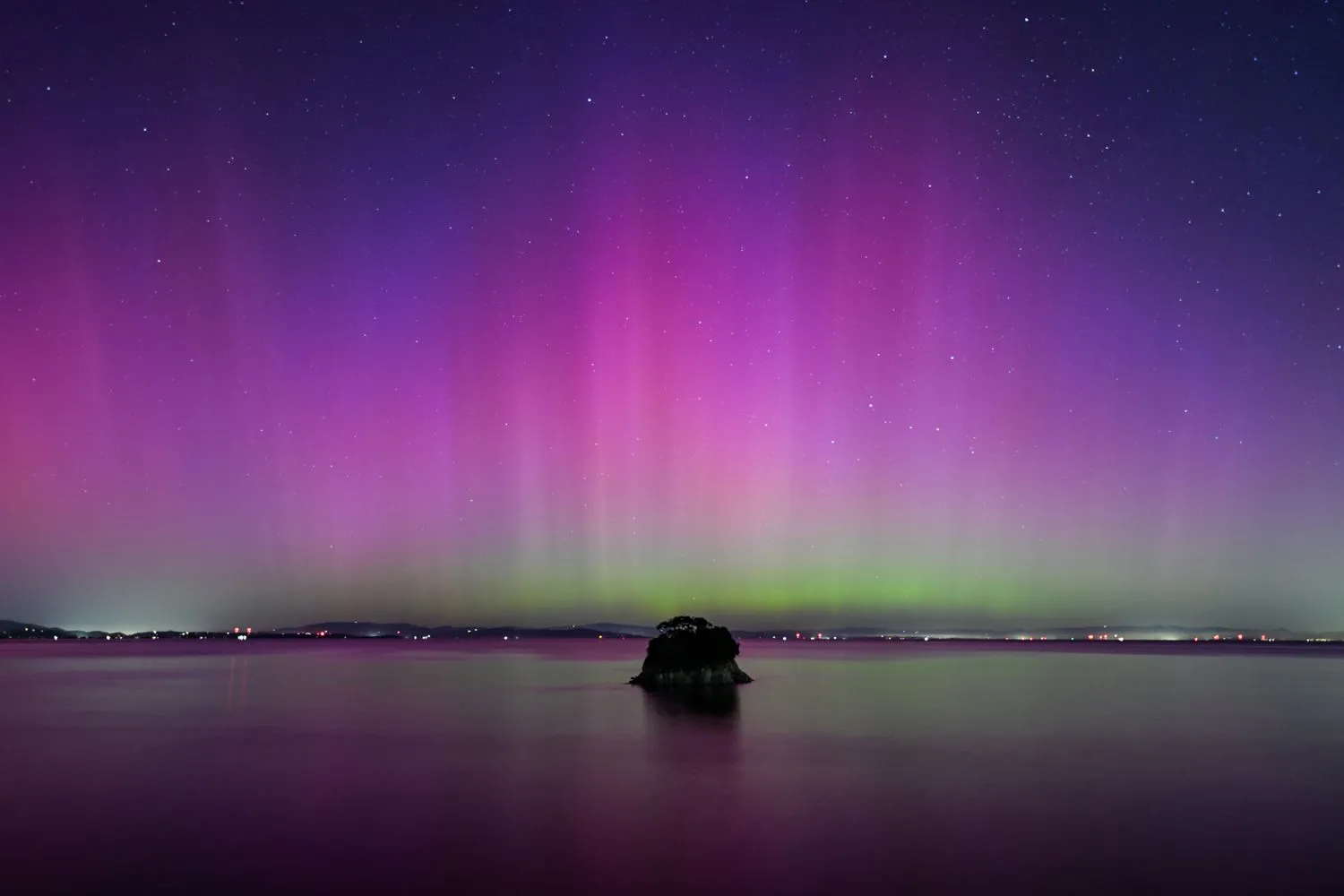
A strong solar flare may make the Northern Lights, or aurora borealis, visible further south than usual tonight. Clear skies and minimal light pollution are essential for viewing. Check aurora forecasts and consider heading to a darker location for optimal viewing of this stunning celestial event.
Understanding the Aurora
The Northern Lights are caused by electrically charged particles from the sun colliding with atoms in the Earth's atmosphere. These collisions release energy in the form of light, creating the vibrant hues we see. The most common colors are green and pink, but you might also catch glimpses of red, yellow, and blue, depending on the type of gas particles involved and the altitude of the collisions. The stronger the solar activity, the further south the aurora can be seen.
Why Tonight Might Be Special
Several factors are contributing to the increased likelihood of seeing the Northern Lights tonight. One major reason is a recent coronal mass ejection (CME) from the sun. A CME is a massive burst of plasma and magnetic field from the sun's corona, which can travel at high speeds and interact with Earth's magnetic field. When a CME hits our magnetosphere, it can trigger geomagnetic storms, leading to more intense and widespread auroral displays. NOAA's Space Weather Prediction Center is closely monitoring the situation and issuing alerts to inform the public about potential viewing opportunities.
Checking the Aurora Forecast
Before venturing out to chase the Northern Lights, it's crucial to check the aurora forecast. Several websites and apps provide real-time information about auroral activity, including the Kp-index. The Kp-index measures the disturbance in Earth's magnetic field on a scale from 0 to 9, with higher numbers indicating a stronger geomagnetic storm and a greater chance of seeing the aurora at lower latitudes. A Kp-index of 5 or higher is generally considered a good sign. Here’s a quick guide:
Aurora Viewing Tips
If the forecast looks promising, here are some tips to increase your chances of seeing the Northern Lights:
Find a Dark Location: Light pollution can significantly reduce your ability to see the aurora. Escape the city and find a location with minimal artificial light.
Check the Weather: Clear skies are essential. Clouds will block your view of the aurora.
Be Patient: The aurora can be unpredictable. It might appear suddenly and disappear just as quickly. Be prepared to wait.
Use a Camera: Even if the aurora isn't visible to the naked eye, a camera with a long exposure setting might be able to capture faint light.
Dress Warmly: You'll likely be outside for a while, so dress in layers to stay comfortable in cold temperatures.
Understanding the Kp-Index
The Kp-index is a crucial indicator of auroral activity. It's a global index that measures the disturbance in the Earth's magnetic field. Here's a breakdown of what different Kp-index values mean for Northern Lights visibility:
Kp-Index and Expected Aurora Visibility
Here's a table summarizing the Kp-Index and the expected latitude at which the Aurora Borealis may be visible:
Kp-Index |
Geomagnetic Activity |
Approximate Latitude of Visibility |
|---|
0-2 |
Very Quiet to Quiet |
Very High Latitudes (e.g., Arctic Circle) |
3 |
Unsettled |
High Latitudes (e.g., Northern Canada, Alaska) |
4 |
Active |
Lower High Latitudes (e.g., Southern Canada, Northern Scotland) |
5 |
Minor Geomagnetic Storm |
Mid-Latitudes (e.g., Northern US states, Southern Scandinavia) |
6 |
Moderate Geomagnetic Storm |
Lower Mid-Latitudes (e.g., Central US states, Northern Europe) |
7 |
Strong Geomagnetic Storm |
Relatively Low Latitudes (e.g., Southern US states, Southern Europe) |
8-9 |
Severe to Extreme Geomagnetic Storm |
Very Low Latitudes (e.g., Mexico, Mediterranean) - rare |
Don't Miss Out!
Tonight presents a unique opportunity to witness the magical Northern Lights, even if you don't live in a traditionally auroral zone. Keep an eye on the aurora forecast, find a dark location, and be patient. With a little luck, you might be treated to an unforgettable celestial show. Remember to share your photos and experiences online using relevant hashtags like NorthernLights, AuroraBorealis, and SpaceWeather. Good luck, and happy aurora hunting!







